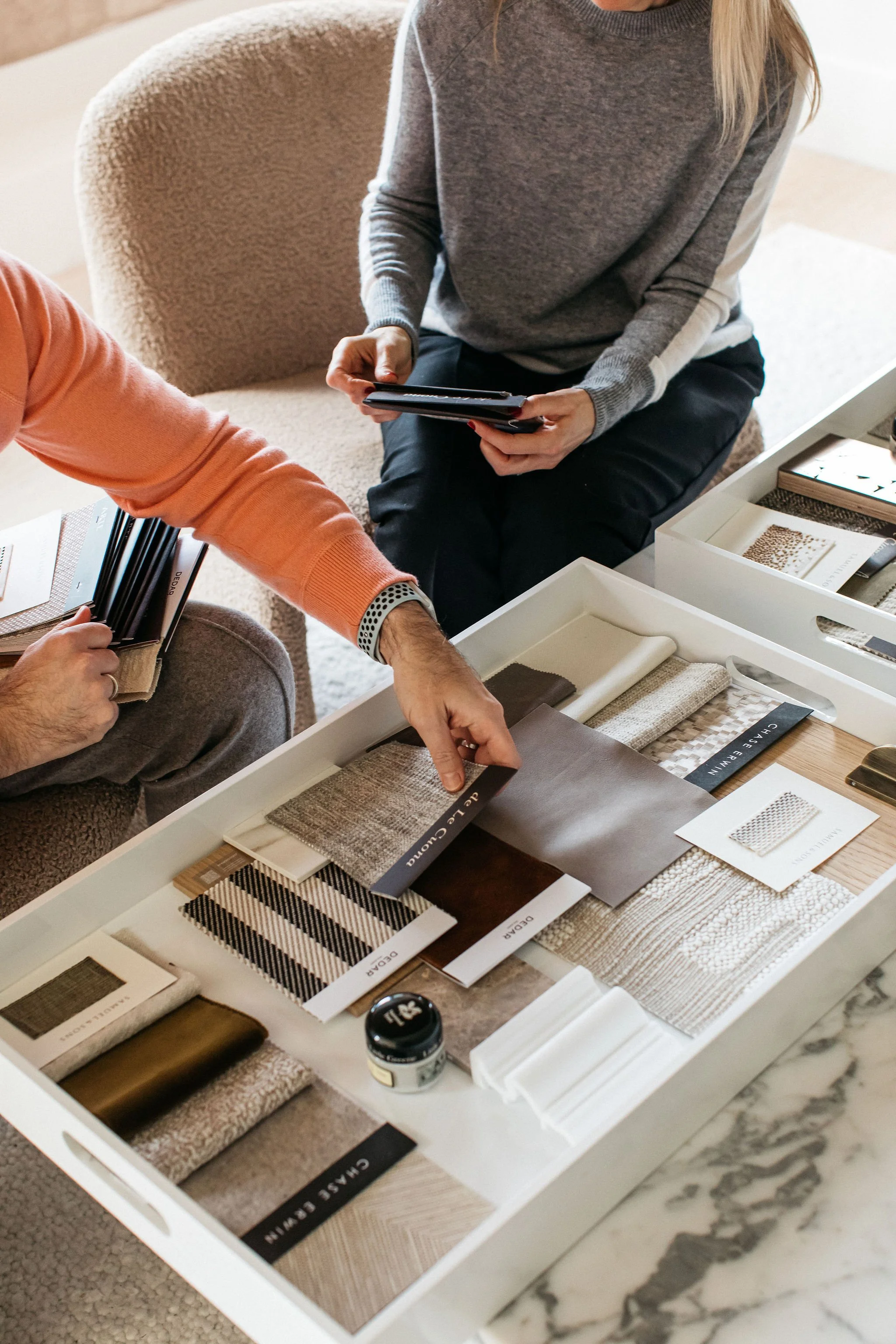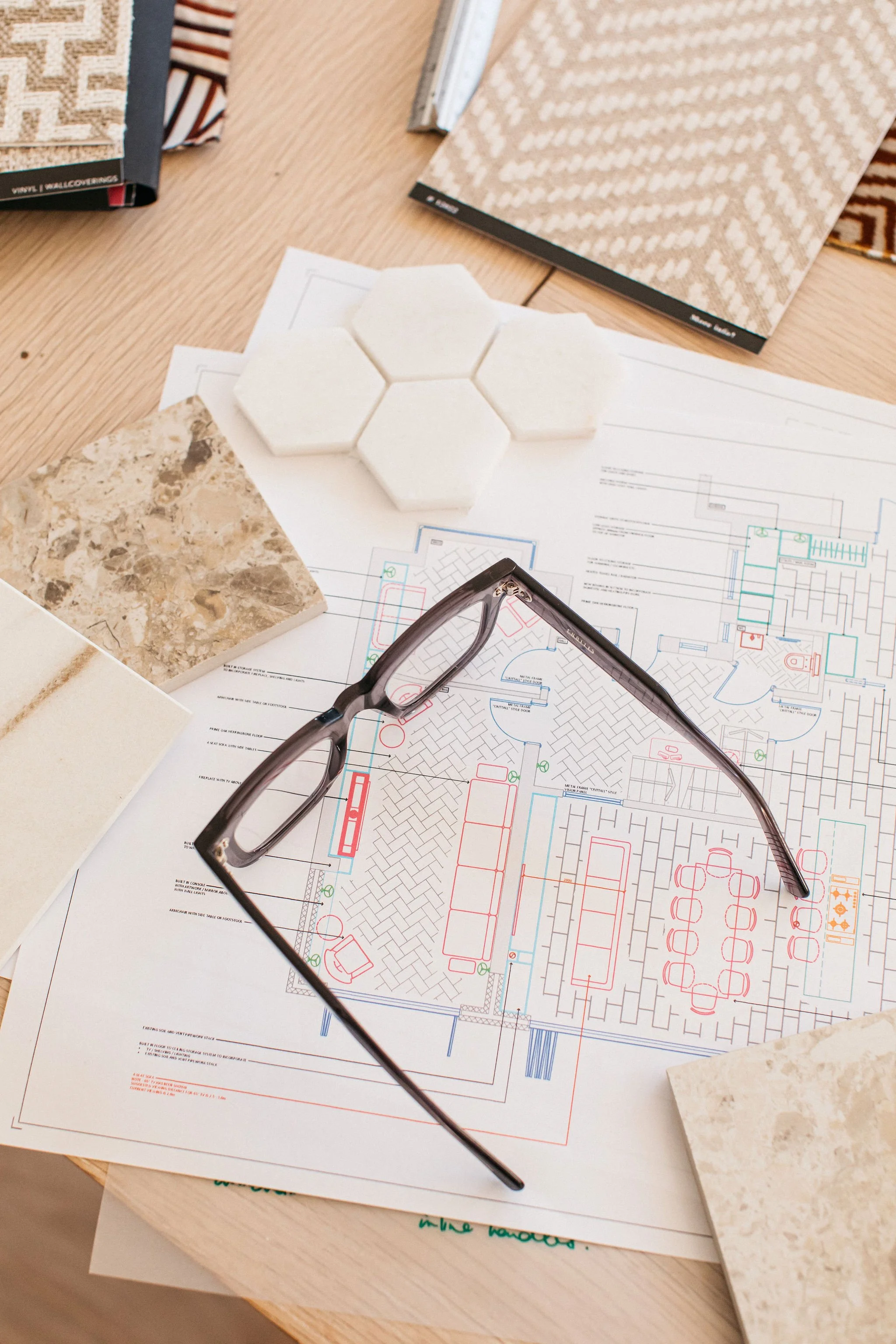Questions to Ask an Interior Designer Before You Start
Key Questions to Ask an Interior Designer About Communication
Choosing an interior designer is a big decision, one that affects your daily life and home for years to come. Whether you're planning a full renovation or simply want to elevate a single space, the key to a successful project often lies in asking the right questions up front. In this guide, we’ll walk you through the most important questions to ask an interior designer, from understanding their design process to making sure you're aligned on budgets, timelines, and expectations.
What is your design approach and is it flexible?
Every designer has a unique perspective, but the best ones know how to adapt. Are they led by a specific aesthetic, or do they tailor the look based on your home, lifestyle, and preferences? Ask how they begin each project, what inspires them, and how they balance function with beauty. It’s also helpful to understand whether they approach design holistically (considering lighting, flow, and joinery) or focus more on finishes and styling.
What services do you offer, and what’s included?
Not all interior designers offer the same scope. Some may provide layout planning, 3D visuals, and joinery design. Ask for a clear breakdown of what’s included, from site visits and supplier sourcing to procurement and installation. If you're working on a listed property, period home, or large-scale renovation, clarify whether they’ll liaise with architects and contractors as part of their service.
How will we communicate?
A smooth project relies on clear, consistent updates. Will you have regular check-ins? Are timelines shared in advance? “One of the most overlooked parts of the process is understanding how your designer communicates throughout the project. Some clients prefer emails and moodboards; others value in-person walkthroughs and shared project folders. Make sure their style fits yours.
How do you coordinate with suppliers, trades, and procurement?
Many clients assume designers oversee everything, but that’s not always the case. Will they coordinate with builders and joiners? Are they managing orders, deliveries, and installation on your behalf? Understanding what’s included (and what’s not) helps prevent delays or miscommunication later. It also gives you a sense of how hands-on you’ll need to be during the project.
What’s the timeline — and how do you handle delays?
No project runs on autopilot. Timelines can shift, suppliers run late, and decisions take longer than planned. A good designer won’t just give you an ideal timeframe, they’ll also explain how they respond when things don’t go to plan. Ask how they build contingency into the schedule, how often you’ll receive updates, and how they keep contractors accountable during delivery.
final thoughts
Choosing an interior designer is a personal decision, but the right questions turn it into a strategic one. By having open conversations from the start, you’ll not only find a creative partner who “gets” your taste, but one who can guide your project with confidence and care.
Don't underestimate chemistry. You'll be working closely with your interior designer often for several months. Beyond credentials and style, the relationship should feel collaborative and easy. Trust your instincts. A collective vision and mutual respect significantly contribute to creating a home that truly reflects who you are.
If you'd like to explore working with Chapter Seven Design, we’d be happy to talk through your ideas and walk you through our process.




